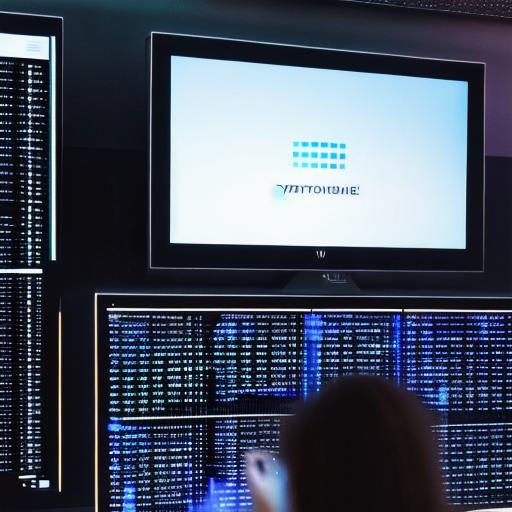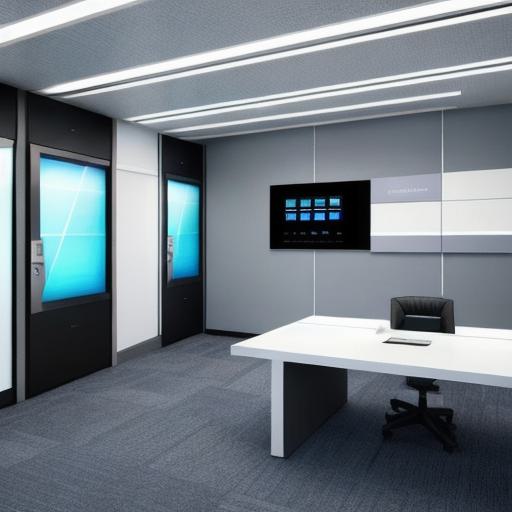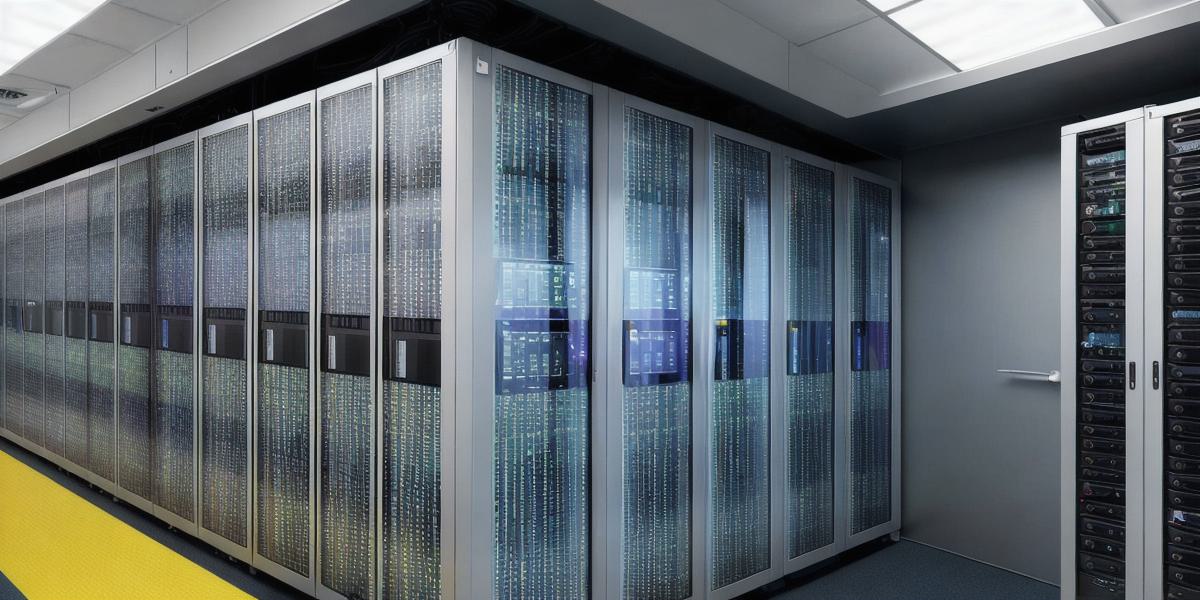Data rooms are secure spaces designed to facilitate the exchange of sensitive business information during mergers and acquisitions (M&A) or other major corporate transactions. Two types of data rooms exist in today’s digital landscape: physical and virtual. In this response, we will discuss the fundamental differences between these two types of data rooms and their implications for users.
What is a Physical Data Room?

A physical data room is a secured, climate-controlled space where hard copies of sensitive documents and other important information are kept. These rooms often require strict access controls and security measures, such as biometric scanning or keycard entry systems. The primary advantage of physical data rooms lies in their ability to provide a tangible, offline environment for sharing confidential information.
**Advantages of Physical Data Rooms:**
- Security: Physical data rooms offer a high level of security due to their controlled access and physical security measures.
- Tangibility: Having hard copies of documents can be beneficial for reviewing, annotating, and marking up information during the deal-making process.
- Familiarity: Physical data rooms have been around for decades, making them a well-understood concept for many users involved in M&A transactions.

**Disadvantages of Physical Data Rooms:**
- Cost and logistics: Renting a physical data room and transporting documents to and from the site can be expensive and time-consuming.
- Limited accessibility: Physical data rooms are typically only accessible during business hours, limiting the ability for remote or after-hours access.
- Environmental concerns: Climate control and humidity levels must be maintained to ensure document integrity, which can impact energy consumption.
What is a Virtual Data Room?
A virtual data room (VDR) is a secure, web-based platform where sensitive documents and other information are stored and shared electronically. VDRs offer features like granular access controls, real-time document watermarking, and robust search capabilities. The primary advantage of virtual data rooms lies in their flexibility and ease of use.
**Advantages of Virtual Data Rooms:**
- Convenience: Users can access a VDR from anywhere with an internet connection, making it ideal for remote or global transactions.
- Cost savings: Reduced travel costs and document reproduction expenses make virtual data rooms more cost-effective than physical ones.
- Enhanced security: Virtual data rooms offer advanced security features like real-time document watermarking and granular access controls.
**Disadvantages of Virtual Data Rooms:**
- Technology requirements: Users need a stable internet connection and the necessary technology (such as a VPN) to access a virtual data room securely.
- Learning curve: Some users may require training to use a VDR effectively, which can add additional time and cost to the transaction process.
- Cybersecurity risks: While VDRs offer advanced security features, they are not completely immune to cyberattacks, making it crucial for users to adhere to strict password policies and other best practices.
**Conclusion:**
Both physical and virtual data rooms serve essential purposes in facilitating secure information exchange during M&A transactions. Understanding their unique advantages and disadvantages can help users make an informed decision when choosing the right data room for their needs. Ultimately, the choice between a physical and virtual data room may depend on factors like transaction size, geographical considerations, and user preferences.
